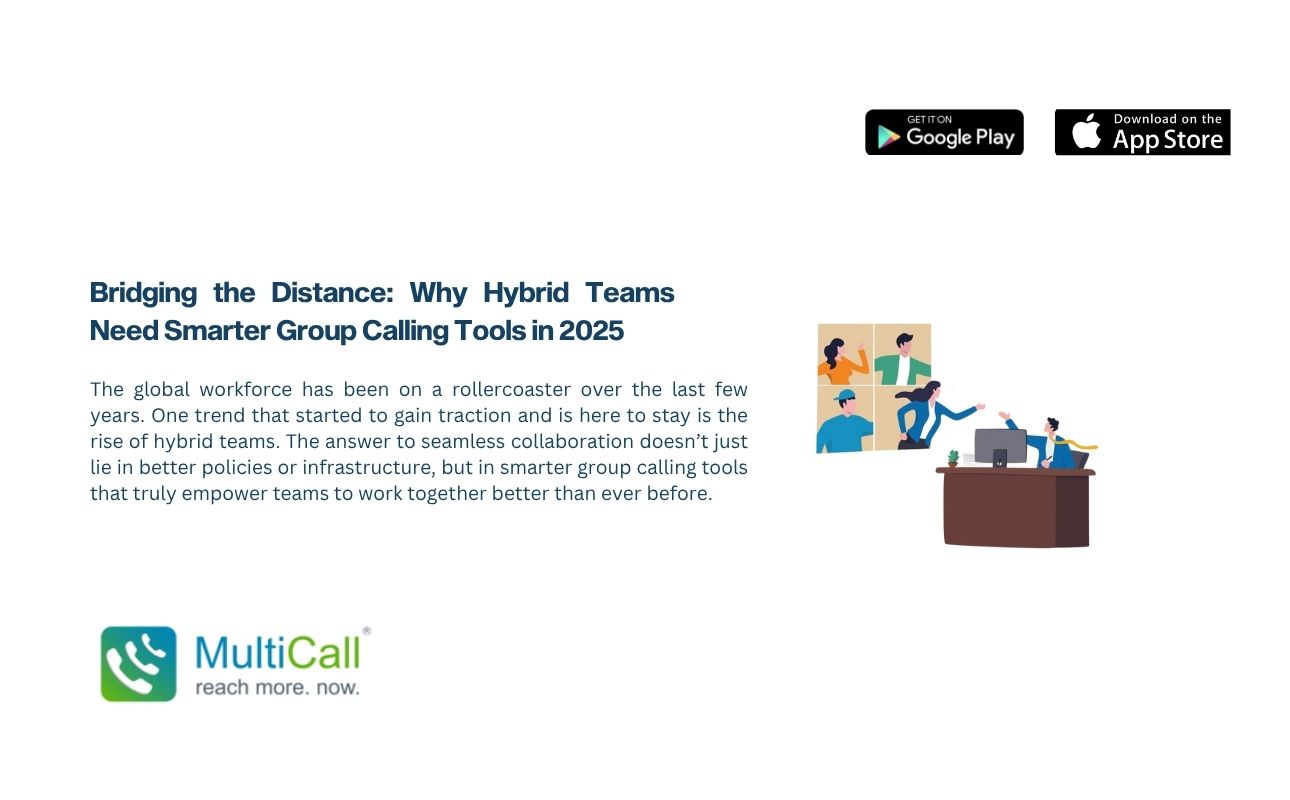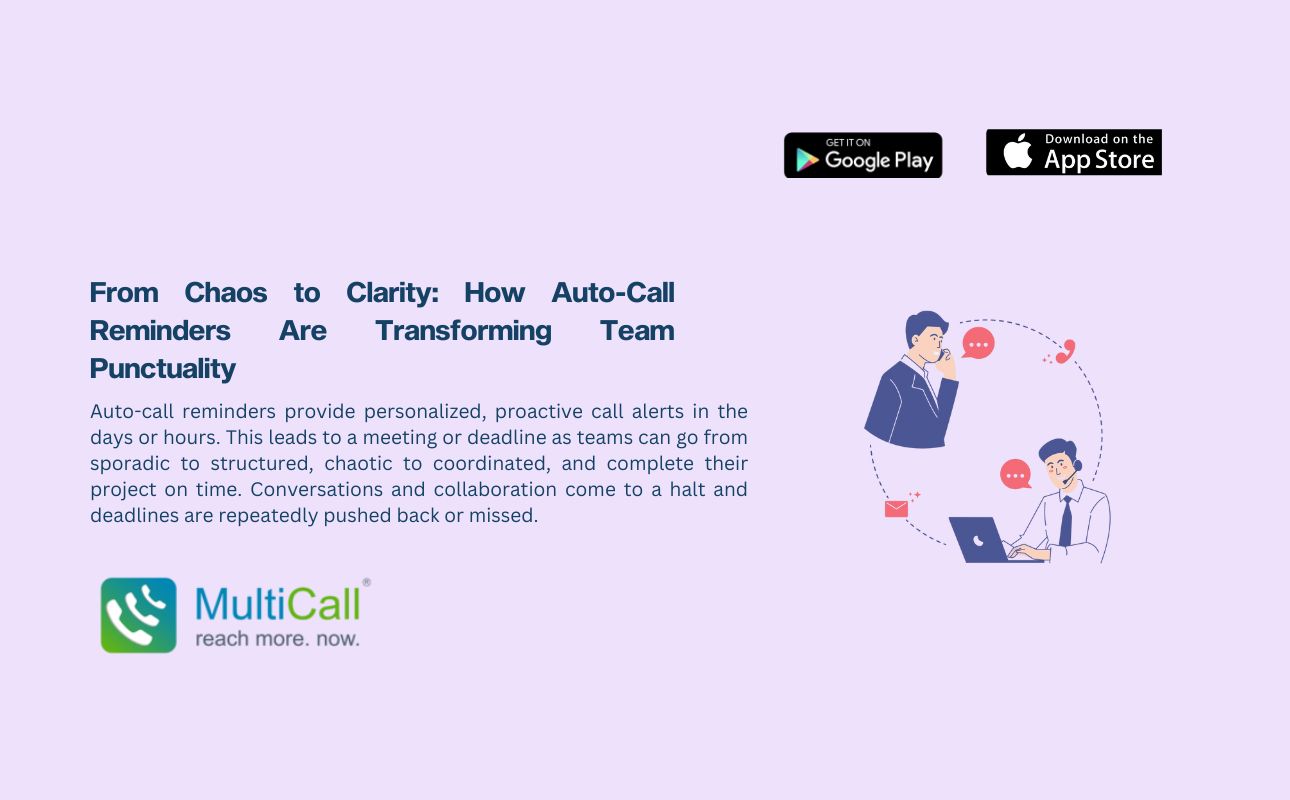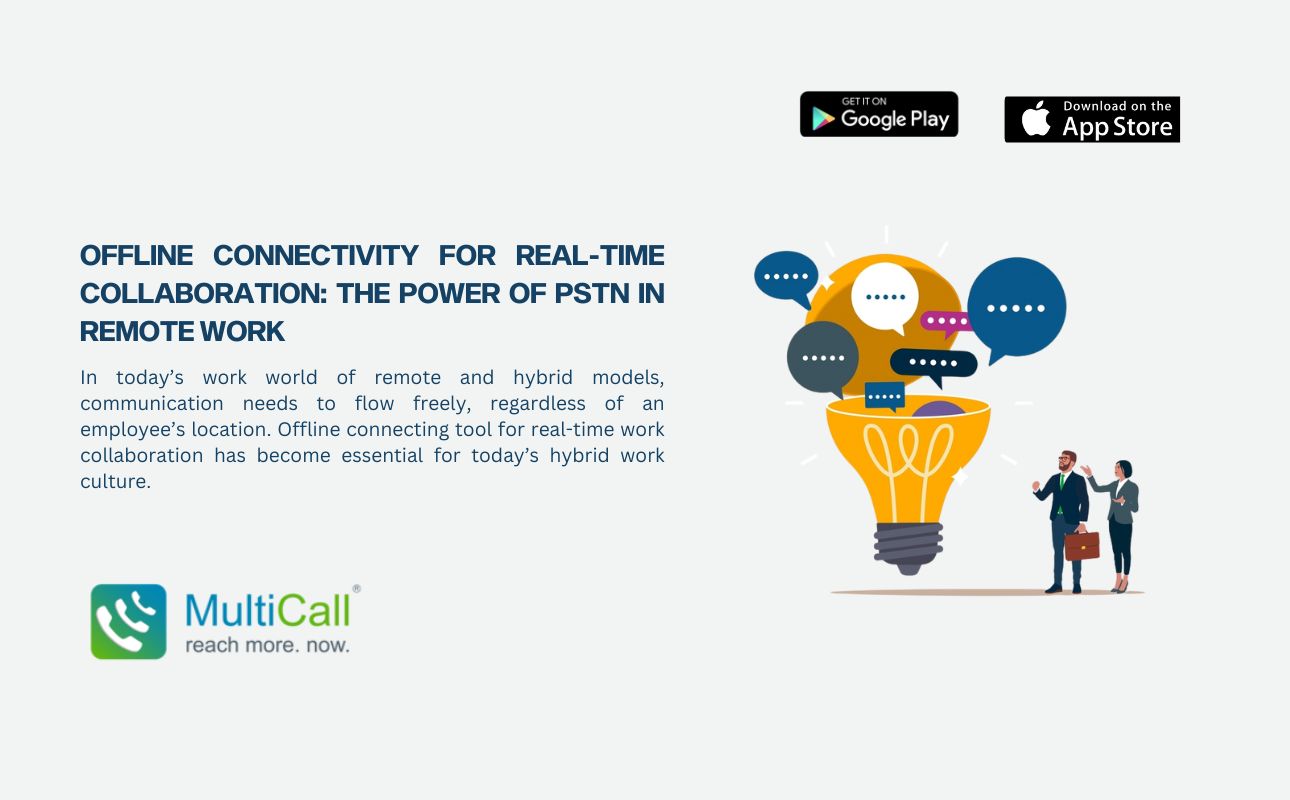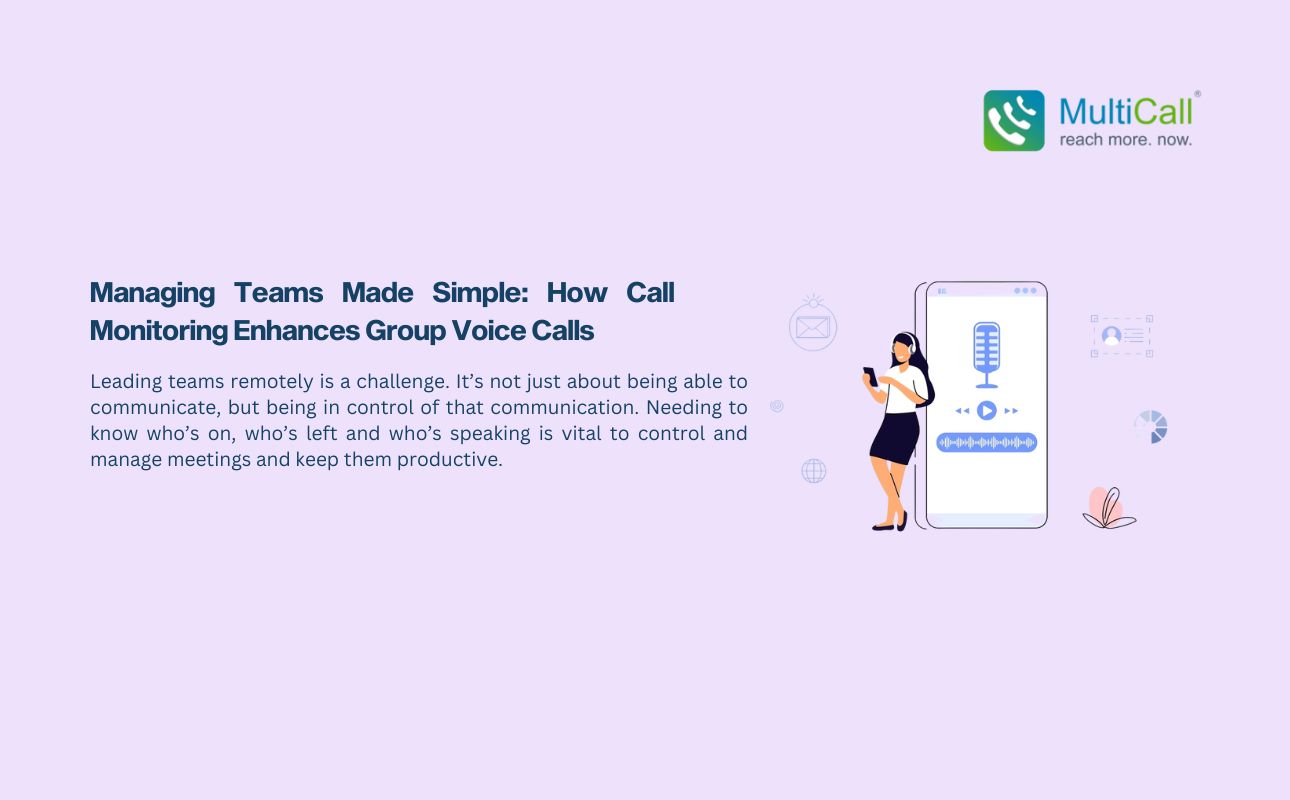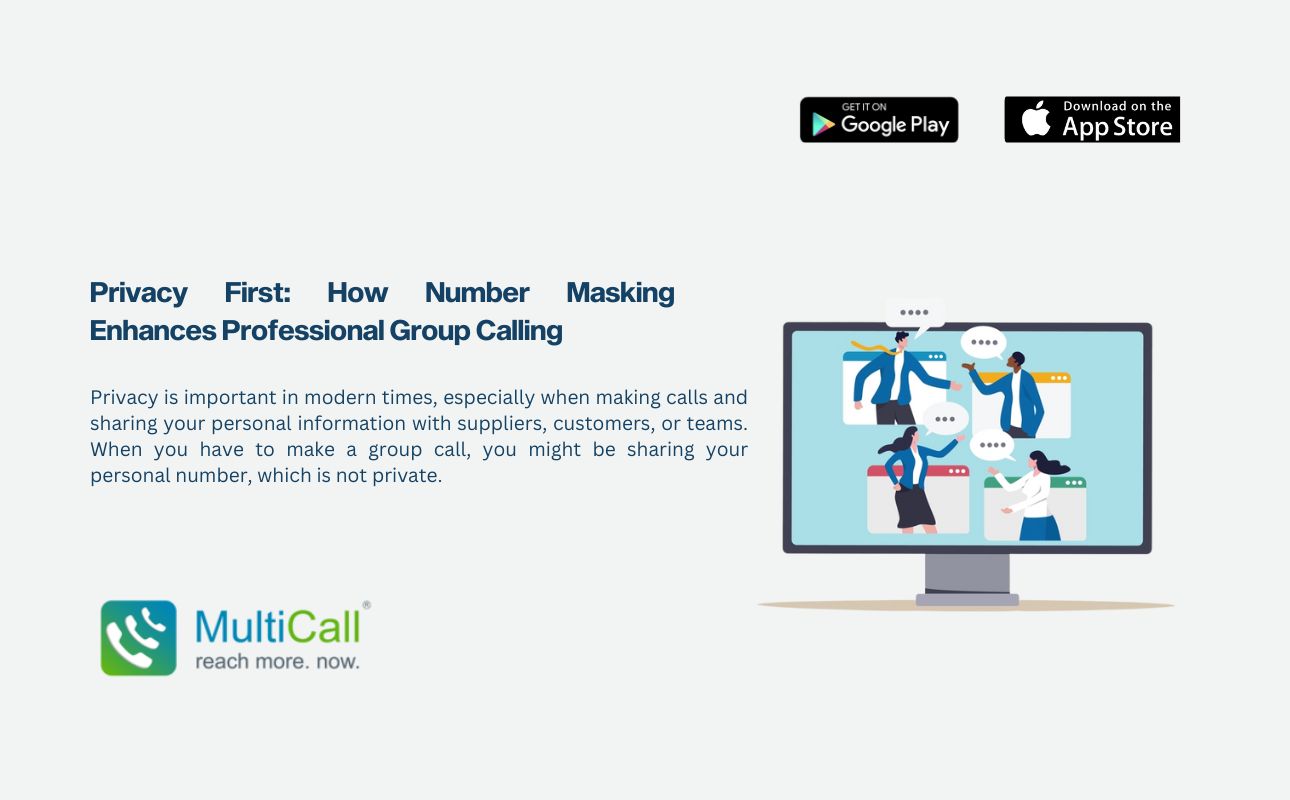Scheduling is an art. It allows you to plan your activities in order to let you achieve your goals and priorities in the time you have available.
Done effectively, it assists you in keeping your goals SMART, and allows time for crucial tasks. But this isn’t just for your activities, its towards your calls too.
Call Scheduling effectively refers to the setting of a given timeframe toward the call you are planning. And given the importance of scheduling, it’s equally important to understand when to use call scheduling. So let’s get down first to the strategies of creating fair call schedules.
First, it’s important to talk to your teams, and understanding how each individual in it wants to work, and accordingly tailor the plan for your call schedules. Not doing so creates the risk of scheduling conflicts, which can be inefficient.
Next, it’s important to have a supportive tool that reflects the supportive team. In situations such as the current pandemic, individuals in certain cities can deal with aspects such as power outage, rendering certain tools unable to function effectively. This tool also needs to allow a support system that can let the individuals disconnect and reconnect again in the event of other emergencies or issues that may surface.
It’s also equally important to check in regularly with your team. In a fluid situation like the present, plans cannot always be set in concrete, be it for when the call is supposed to be, or for how long it is supposed to be. The tool to have should not only be effective for adjusting call schedules for your team, but for customers too.
The call scheduling also needs to consider a better work-life balance for the employees involved, and therein needs to be something that is portable, and which can be used on the move.
It is in considering the scenarios above, that MultiCall comes in as the tool that can step in for the same. You can call your entire team in one go without the hassle of entering PINs, or having to await a moderator. And here’s the best part; the participants of the call do not need to be connected with data or even have the app installed. This is critical in the context of scenarios such as the outages mentioned earlier. It maintains the benefit of portability, in that the app only requires your smartphone to be run.
